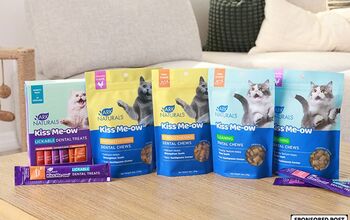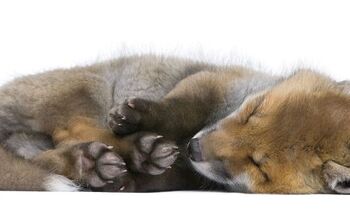Tips for Keeping Fiddler Crabs in Your Brackish Tank

There are nearly 100 different species of fiddler crab, though not all of them are recommended as pets. Of the species that are typically available for aquarium use, the red-jointed fiddler crab (Uca minax) is one of the most popular and it typically does best in a brackish tank. Keep reading to learn more about the basics for keeping fiddler crabs in your brackish tank at home.
What Do You Need to Know About Fiddler Crabs?
The red-jointed fiddler crab is a fairly small species, measuring no more than two inches across. Males of the species have one large claw and a second smaller claw while females have just two regular-sized claws. This species gets its name from the fact that the joints in each claw are red, though the body of the crab is generally brown or gray in color with gray-brown or olive-green walking legs.
Related: Are You Feelin’ Crabby?
In the wild, red-jointed fiddler crabs are typically found along the eastern shore of North America in brackish waters in coastal areas. These crabs burrow into the sand, digging as deep as two feet below the surface. Though fiddler crabs are technically considered marine animals they can survive for a short period of time in fresh water, up to three weeks.
The Care and Keeping of Fiddler Crabs
If you want your crabs to thrive at home, you need to keep them in a brackish environment with low salinity – in these conditions they can survive for up to 3 years. The ideal salinity level for a fiddler crab habitat is between 1.005 and 1.015 specific gravity and you can achieve this by using high-quality marine salt. You must also remember that fiddler crabs are semi-terrestrial animals – they need areas of both land and water in their tank.
Make sure that the land areas in your fiddler crab tank are made of sand so that your crabs can burrow into it like they would in the wild. You should also provide some plants and other decorative hiding places for your crabs.
Related: Top 5 Invertebrates to Hire For Your Freshwater Cleanup Crew
In addition to making sure that your fiddler crab tank provides areas of both land and water, you also need to make sure that the temperature is correct. Fiddler crabs prefer a temperature between 75°F and 82°F so you may need to equip your tank with a heating bulb.
The temperature of the water in your crab tank doesn’t matter as much – it is more important to maintain the right specific gravity. In regard to tank setup, design your tank with a pile of sand that slopes down into the water – this type of setup best approximates the natural habitat for your fiddler crabs. You should also make sure to have a tight-fitting lid on your tank because fiddler crabs have the ability to escape from the tank.
In terms of their diet, fiddler crabs are scavengers so they will eat a variety of different foods. While your fiddler crabs will feed on microbes they find sifting through the sand, you do need to provide them with a varied diet to make sure that their nutritional needs are being met.
An ideal diet for fiddler crabs will include algae wafers, freeze-dried or frozen (thawed) worms and shrimp, sinking pellets, and specialized crab food. Some crabs will also eat blanched vegetables such as peas and zucchini as well as raw or cooked pieces of fish.
If you want to try your hand at something a little bit different from the traditional home aquarium, consider setting up a fiddler crab tank. Fiddler crabs are relatively easy to care for and they can be entertaining –it’s the perfect combination!

Kate Barrington is the loving owner of two cats (Bagel and Munchkin) and a noisy herd of guinea pigs. Having grown up with golden retrievers, Kate has a great deal of experience with dogs but labels herself a lover of all pets. Having received a Bachelor's degree in English, Kate has combined her love for pets and her passion for writing to create her own freelance writing business, specializing in the pet niche.
More by Kate Barrington






















